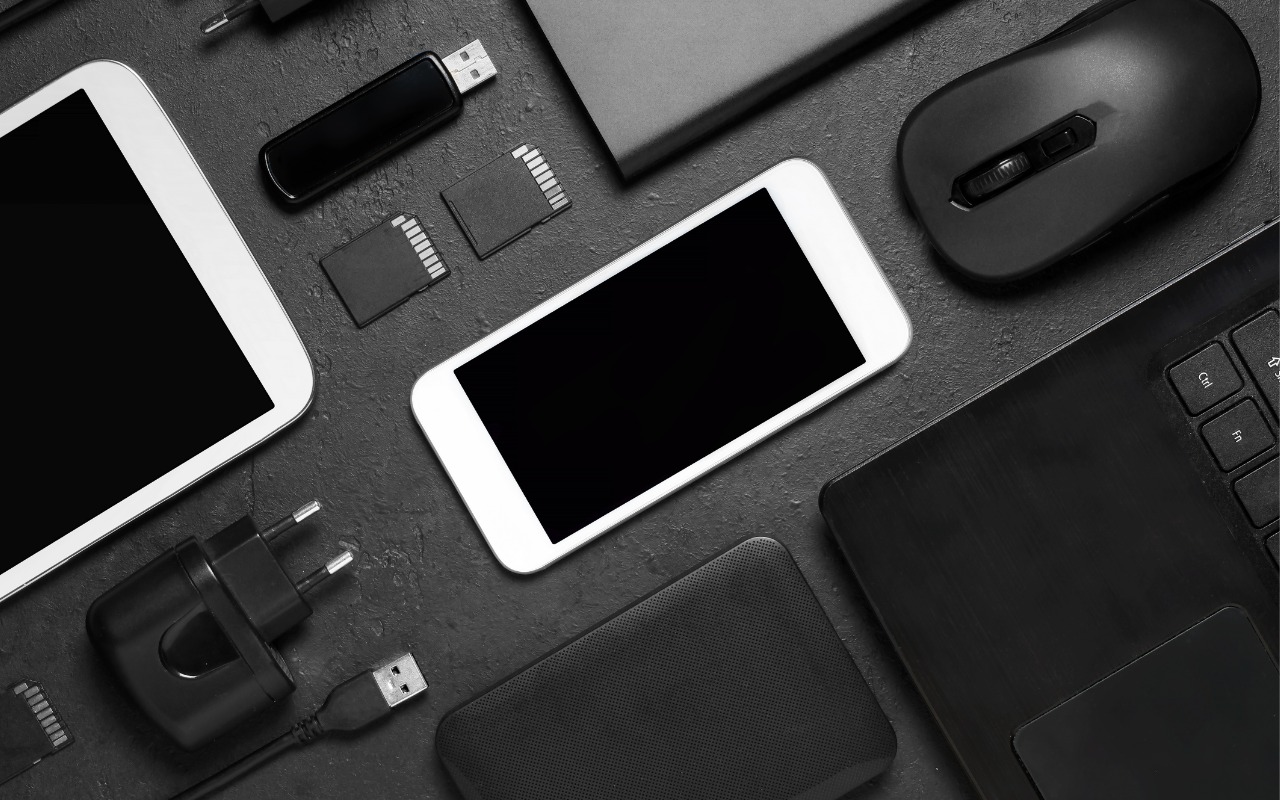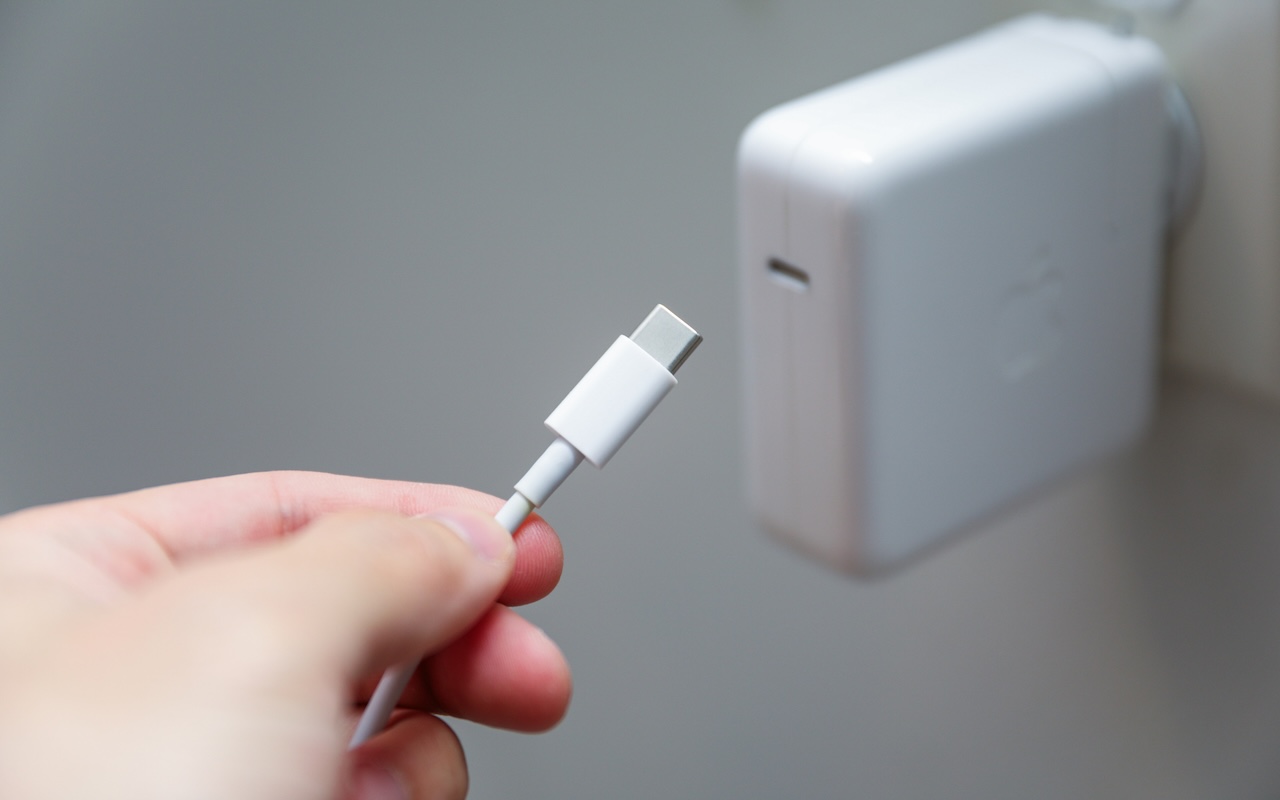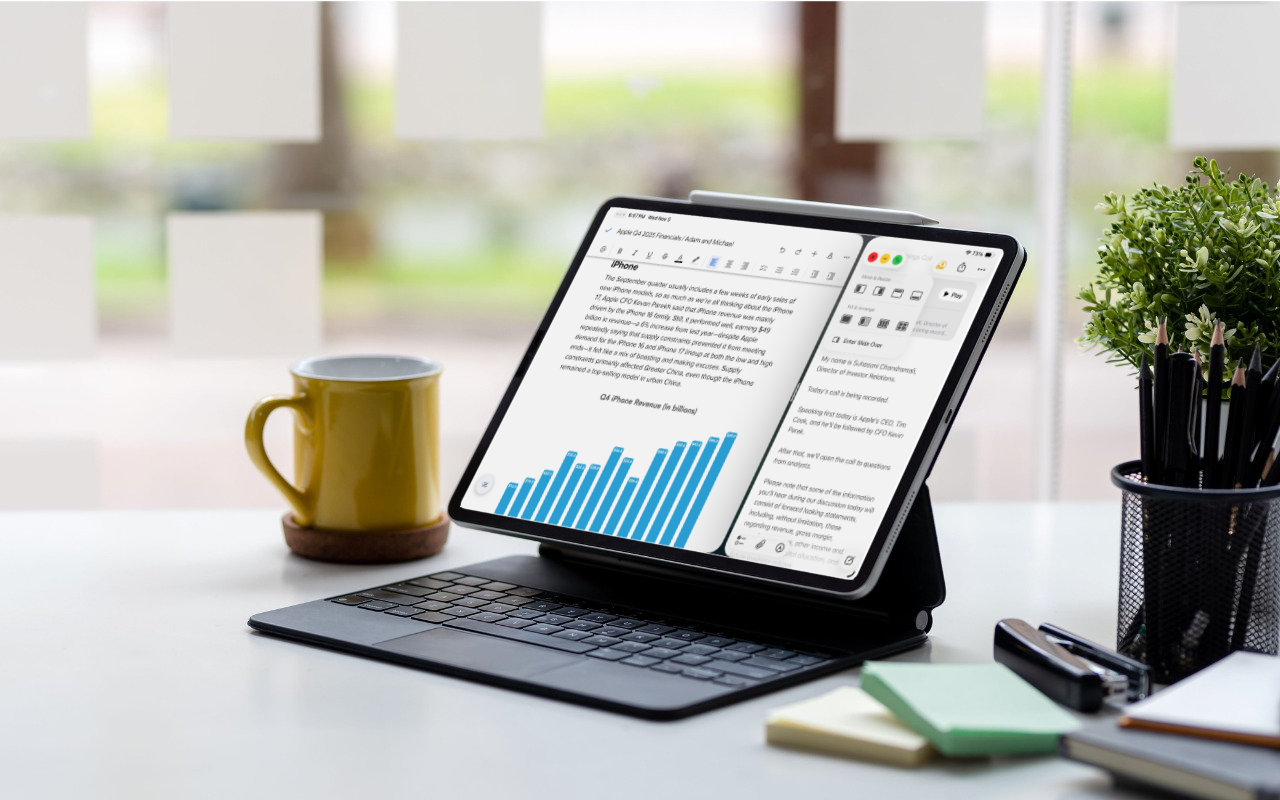
January 24th marks the 40th anniversary of Steve Jobs’s unveiling of Macintosh, the first successful computer with a graphical user interface. We should not look at it as just a new device for Apple, it was a giant change for all of the computer industry. At this point, personal computers started to overtake existing computers of all sizes and styles and created new categories that we know today as smartwatches, smartphones, and much more to come…
The Macintosh popularized the mouse, windows, point and click navigation and allowed many more users to get more from their computers by removing the need to learn tedious text-based command line interfaces.
An excerpt from Apple’s press release in 1984:
Users tell Macintosh what to do simply by moving a “mouse” — a small pointing device — to select among functions listed in menus and represented by pictorial symbols on the screen. Users are no longer forced to memorize the numerous and confusing keyboard commands of conventional computers. The result is radical ease of use and a significant reduction in learning time. In effect, the Macintosh is a desk-top appliance offering users increased utility and creativity with simplicity.
Apple’s Macintosh was based on things we take for granted now, icons, a desktop, the ability to have multiple windows for multiple applications, drop-down menus and copy paste

A quote from Jobs in Apple’s press release:
Macintosh easily fits on a desk, both in terms of its style of operation and its physical design. It takes up about the same amount of desk space as a piece of paper. With Macintosh, the computer is an aid to spontaneity and originality, not an obstacle. It allows ideas and relationships to be viewed in new ways. Macintosh enhances not just productivity, but also creativity.
Pricing for the original Macintosh started at $2,495, equivalent to over $7,000 today. Key specs and features included a 9” display, 8 MHz processor, 128 KB of RAM, a 400 KB floppy disk drive for storage, and serial ports for connecting a printer and other accessories. That’s a far cry from today’s 3+ GHz Apple Silicon M3, 16” monitor, 8 GB of RAM, 512 GB SSD, and USB-C interface.
Apple’s full press release for the Macintosh can be found on Stanford University’s website.
See the early history of Apple from 1981 to 1989 through their commercials. View on YouTube here.
Can you believe it was 40 year’s ago?
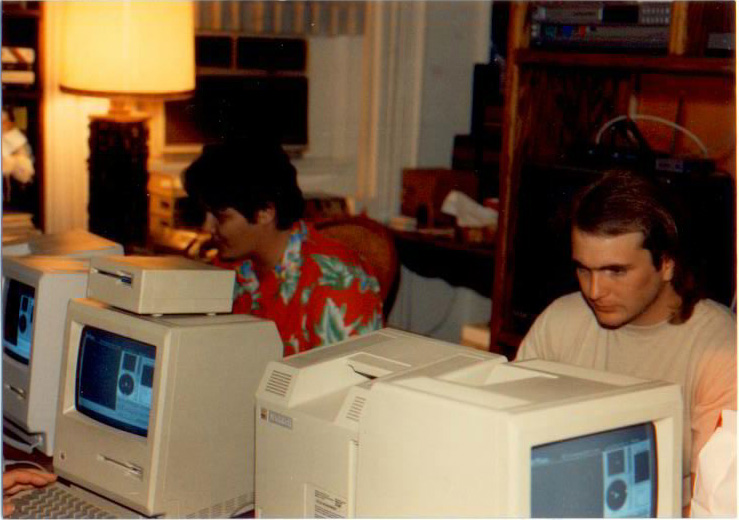
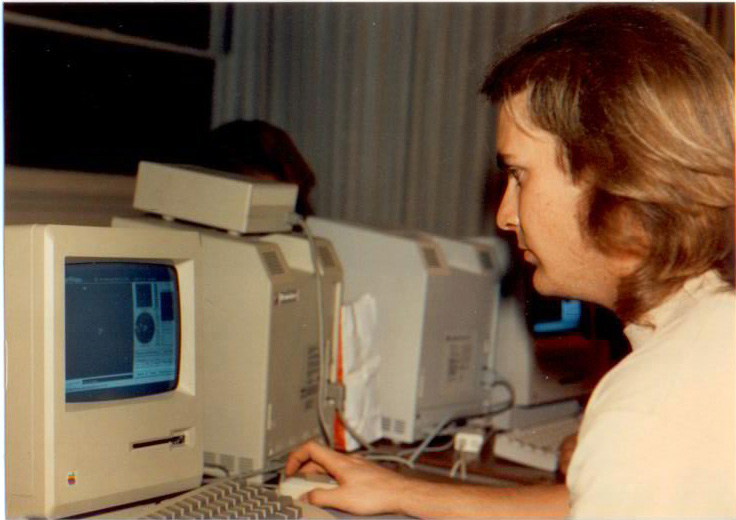
Apple is ‘surprised’ by the anniversary too.




